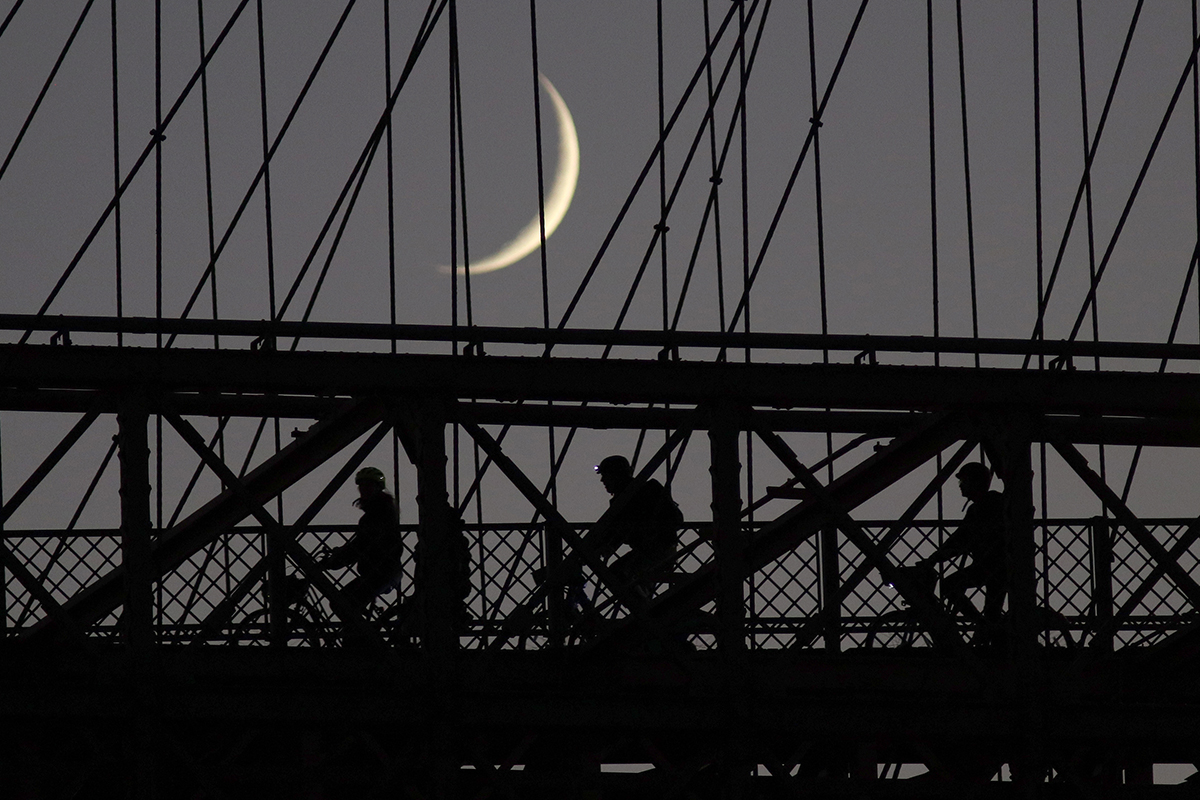New York City has averaged more than 100 cyclist deaths a year for two years in a row. It’s a deeply disturbing trend, and it’s playing out across much of the country: fatal bike accidents have been on a steep incline since 2016. With more cyclists on the roads since the beginning of the pandemic (remember the nationwide “bike shortage” last spring?) and the length of legislative time it takes to put aside protected bike lanes (that’s to say, lanes with an actual physical barrier between bikers and vehicles), the problem will likely get worse before it gets better.
What’s causing all of these accidents? There are logistical issues at play, of course. Roads are only so wide. But part of the issue is an ongoing psychological warfare between drivers and cyclists.
A study released in 2017 by Portland State University, which surveyed 676 frequent drivers across the country, found that drivers are more worried about not inconveniencing cars behind them than the welfare of cyclists. These drivers are willing to make “unsafe passes” if it means keeping the flow of traffic moving. In 2019, meanwhile, research out of Australia exhibited that drivers don’t view cyclists as fully human.
It creates an “us versus them” mentality, in which the “them” — cyclists — are seen as pests. According to Thom Dunn, a writer for Boing Boing, who recently rehashed a Medium essay by a man named Carl Alviani, it’s important that we start framing this story as an example of “fundamental attribution error” (FAE). A social psychology term coined in the late ’60s also known as correspondence bias, FAE is when people under-emphasize broader situational circumstances and over-emphasize anecdotal experiences.
How does that apply to our roads? Perhaps there’s a narrow street where you’ve gotten caught behind a cyclist before, and it’s “made you late” for a meeting or appointment. Maybe you’ve seen a cyclist courier riding the wrong way on a sidewalk, and almost collide with a kid. Or you can think of a red light, where cyclists never bother to stop with the rest of the vehicular traffic.
It’s your right, as a citizen of your local community, to catalogue those experiences. Where we veer into trouble is when we associate the sins of society’s most reckless cyclists with the behavior of every other cyclist we come into contact with. That’s when people start to seek retribution every time they get behind the wheel of a car.
Part of the responsibility of operating a car should involve ignoring one’s FAE. In the simplest terms, that means keeping the bigger picture in mind. Due to outdated urban infrastructure and a rise in ride-share apps (which has put more cars on the road), cyclists are consistently taking their lives into their hands. The majority of fatal bike accidents are caused by cars, not reckless cycling behavior.
Remember: driving is one of the most stressful activities we can put our brains and bodies through. An MIT study once compared it to skydiving. It’s understandable if you’re easily agitated while behind the wheel. But until our city planners knock their heads together and devise a better system, it’ll take tabling those biases and erring on the side of empathy for our roads to stay safe.
Thanks for reading InsideHook. Sign up for our daily newsletter and be in the know.


















